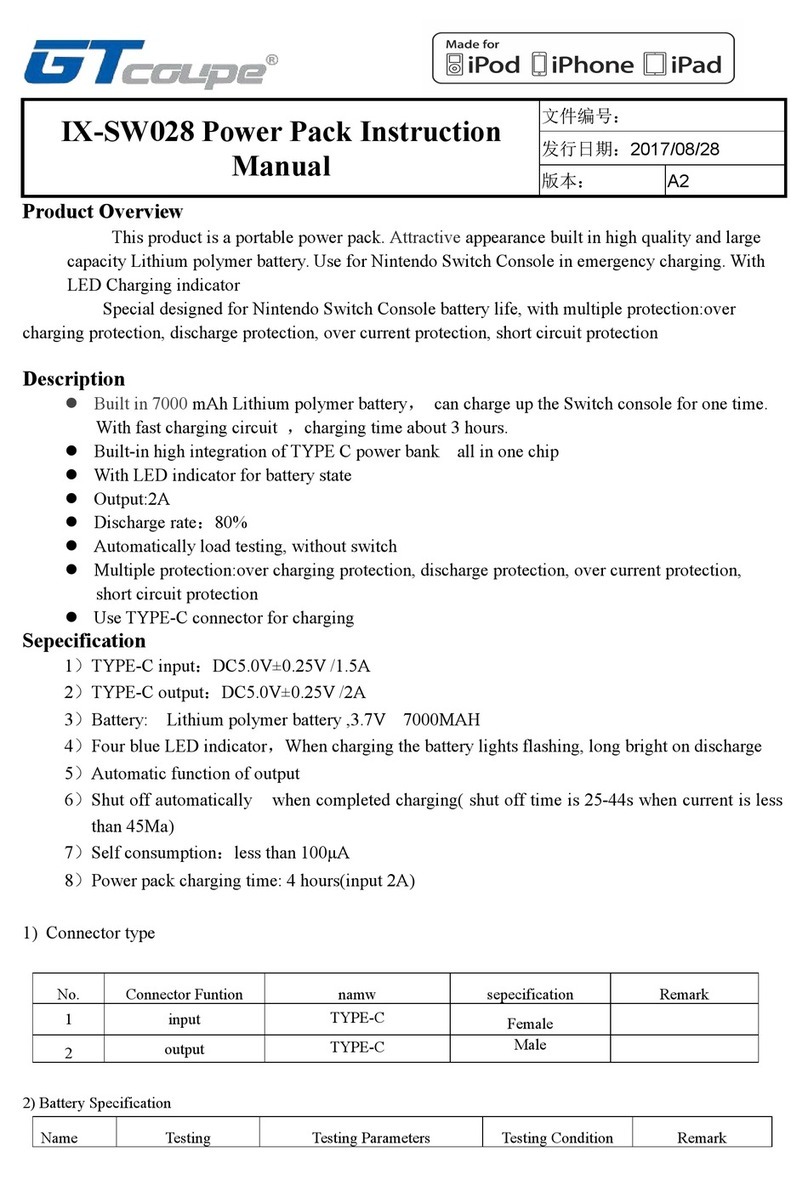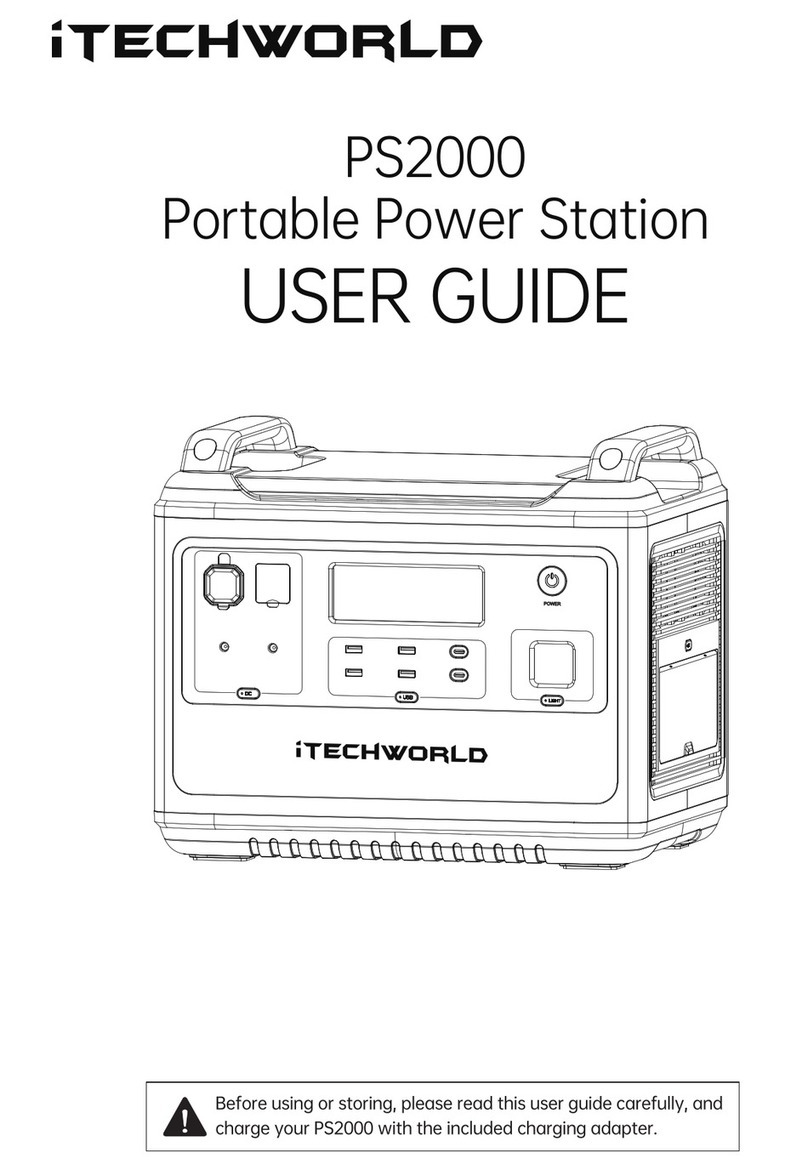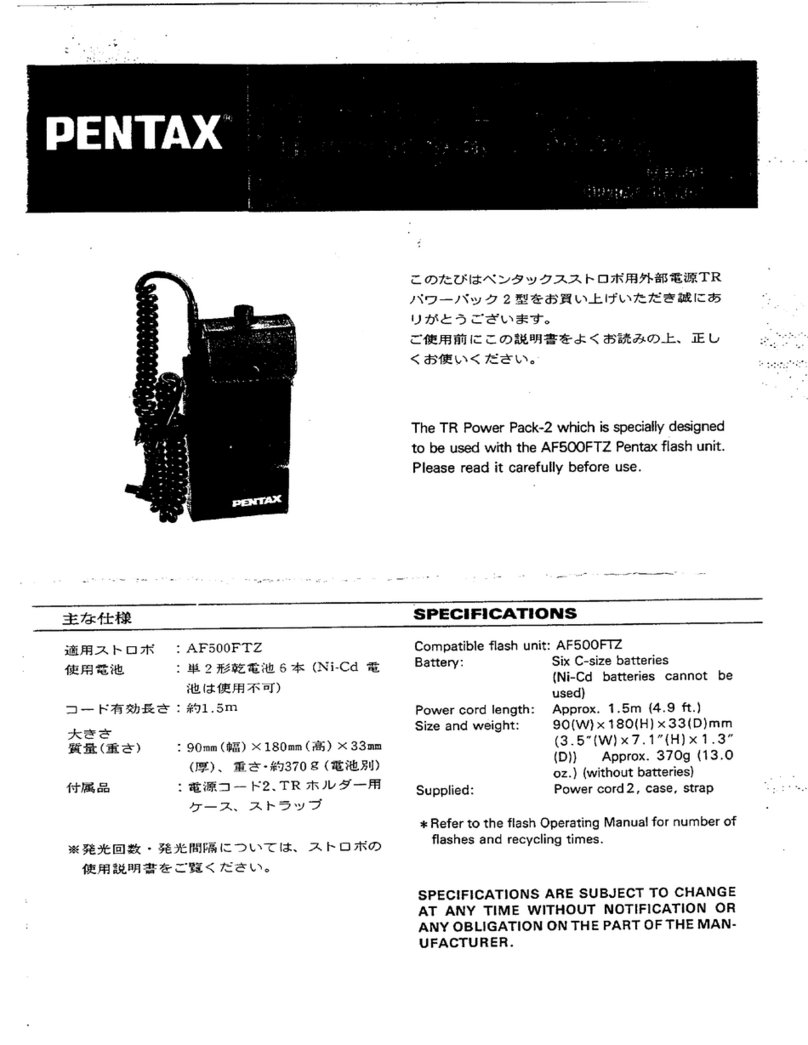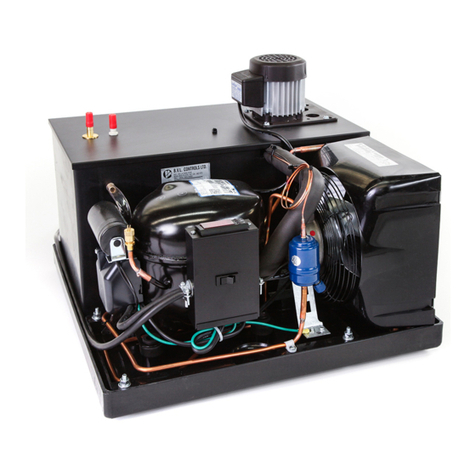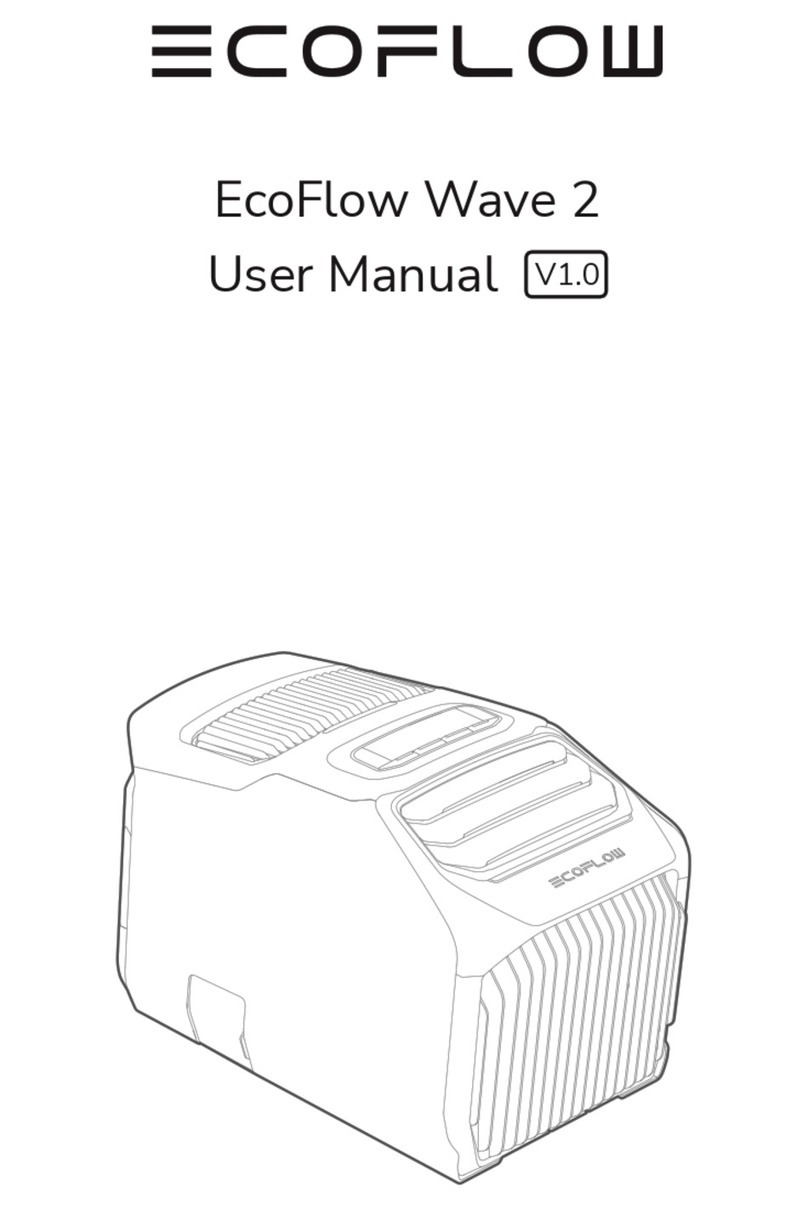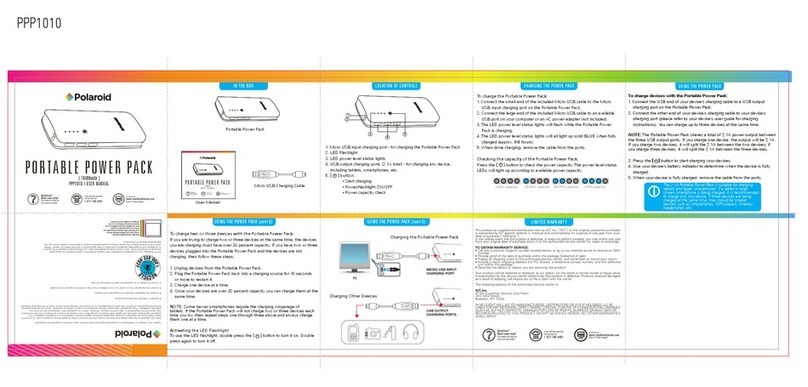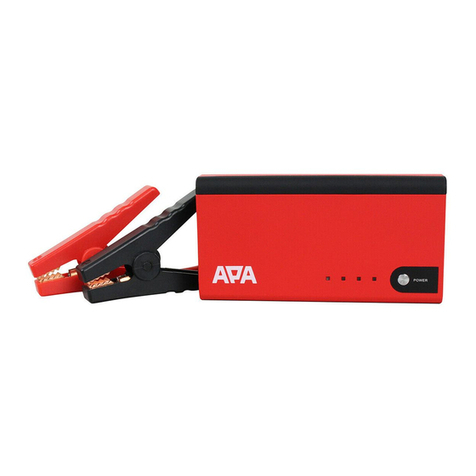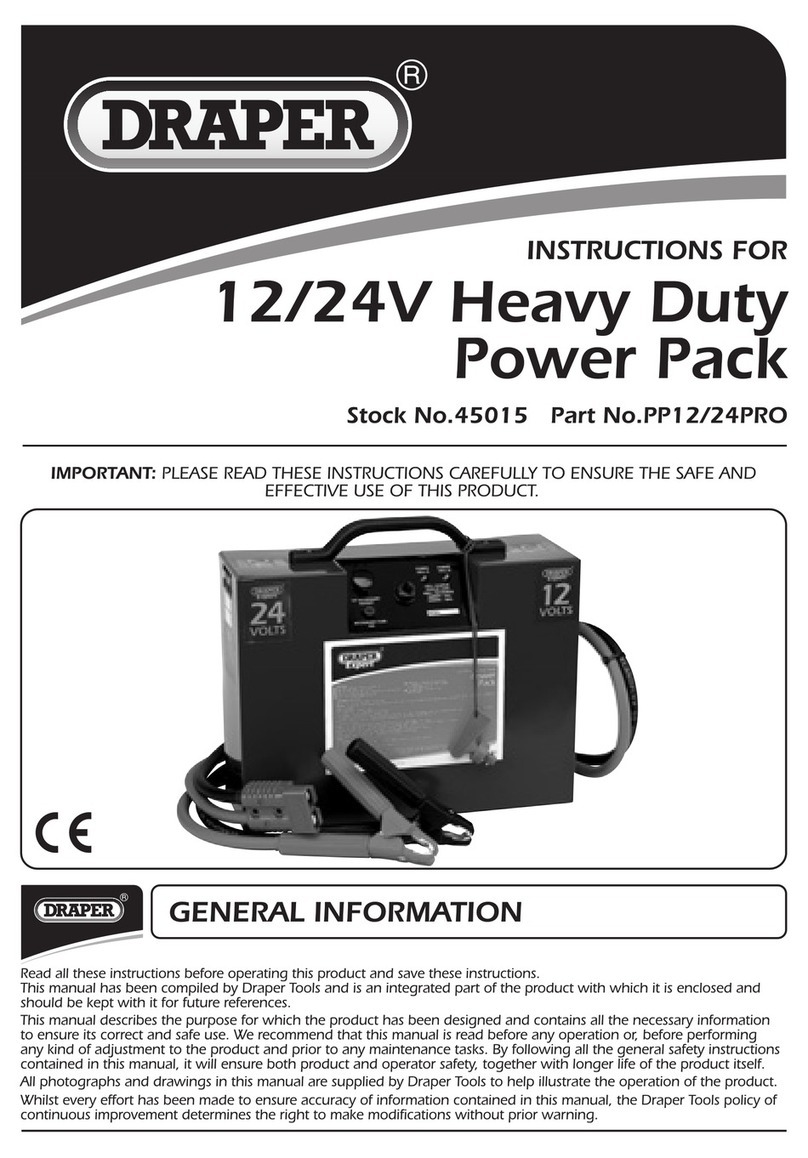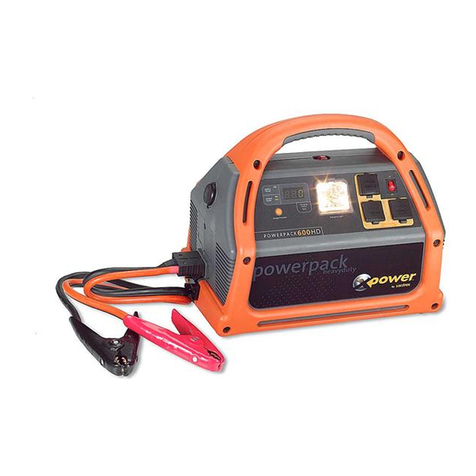
TROUBLESHOOTING
5- Warm beer A- Defective pump.
(Check motor also)
B- Defective motor.
(Check pump also)
C- Refrigeration unit is not
running.
D- Conduit lines located in
overheated area.
E- Conduit lines flooded in
PVC chase.
F- Un-insulated or poorly
insulated lines.
G- Thermostat.
H- Condenser fan motor
not working.
I- Freon leak.
J- Dirty condenser.
K- Condensation in conduit
isolation. (May be caused
from cleaning lines)
L- Warm walk in cooler
A- Check returns line in reservoir
for liquid flow. Replace pump.
B- Replace motor.
C- Refer to 2
D- Remove from any hot water
pipes or kitchen area with stove or
glass washer.
E- Remove lines from PVC,
thoroughly dry PVC and
repair/replace conduit as needed.
F- All lines should be fully
insulated from cooler to
dispenser, including glycol lines
from power pack into cooler.
G- Adjust temperature to colder
setting.
H- Replace condenser fan motor.
I- Repair leak and recharge.
J- Clean the condenser.
K- Check trunk housing in areas
for dropping or low spots. Split
insulation approximately 5” and
separate. Allow any water to
drain, and then air dry. Close and
seal trunk housing.
L- Refer to 1



